The establishment of a new hospital is an important task that requires meticulous planning, coordination, and financial management. One of the most critical aspects of this process is preparing a budget for medical equipment. Having the right equipment ensures health workers provide quality healthcare services.
In this post, we will delve into the steps of creating a budget for medical equipment for a new hospital. From identifying the essential medical devices to understanding the financial considerations and exploring cost-saving strategies. You’ll be able to make informed decisions and craft an attainable budget.
1. Identify the Equipment Your Hospital Needs
The first step in preparing a budget for medical equipment is identifying the essential items that your hospital will require. This involves a thorough assessment of your hospital’s specialty, size, and patient demographics. Here are some key factors to consider:
- Specialization and Services: Determine the medical specialties your hospital will offer (e.g., cardiology, pediatrics, surgery) and the corresponding equipment needs. Consider the range of services, such as diagnostic, therapeutic, and monitoring, that your hospital will provide.
- Patient Capacity: Calculate the number of patient beds and treatment areas to estimate the volume of medical equipment needed. Ensure that your budget accounts for potential future expansions.
- Regulatory Compliance: Familiarize yourself with local and national government regulations governing medical equipment, as compliance can impact your budget. Failing to follow set rules will impact your budget in the future through fines and penalties.
- Quality Standards: Prioritize the quality and reliability of equipment to ensure patient safety and efficient healthcare delivery. Availability of equipment shouldn’t be prioritized ahead of quality. Substandard tools in bulk will create many inconveniences.
2. Estimate the Costs and Create a Budget
Once you have a clear understanding of your hospital’s medical equipment needs, it’s time to estimate the costs and create a budget. This involves an evaluation of various cost factors:
- Equipment Costs: Research and obtain price quotes from reputable suppliers for each piece of equipment on your list. Consider both initial purchase costs and long-term maintenance expenses. Pro tip: Ensure you have suppliers who adhere to quality, even if the equipment they supply is expensive.
- Installation and Setup: Factor in the cost of installation, calibration, and training for the equipment. Ensure that you have skilled personnel or contractors available for proper installation. Also, consider the costs of short and long-term installation processes.
- Maintenance and Repairs: Estimate ongoing maintenance costs and potential repair expenses for your equipment. Explore service contracts or warranties to minimize unexpected costs.
- Training and Education: Allocate funds for staff training and education on using and maintaining the equipment. Investing in well-trained staff can reduce errors and improve patient care. Keep in mind, that training shouldn’t be a one-time option.
- Infrastructure and Facilities: Assess any infrastructure modifications or additional facilities required to accommodate the medical equipment. Analyze the structural changes your facility’s wards or critical care rooms may need to accommodate new equipment, for example.
- Funding Sources: Identify potential funding sources, including grants, loans, donations, or partnerships with medical equipment suppliers.
3. Prioritize Your Equipment Needs
It’s common for new hospitals to face budget constraints, making it essential to prioritize and phase the acquisition of medical equipment. Here’s how to approach this challenge:
- Prioritization: Categorize medical equipment into critical, essential, and non-essential items. Prioritize equipment that directly impacts patient care and safety. Prioritization negates the need to focus on unimportant equipment.
- Phasing: Develop a phased implementation plan that outlines the acquisition timeline for different equipment categories. Consider factors such as patient volume and revenue generation when deciding the order of acquisition.
- Lease vs. Purchase: Evaluate whether leasing certain equipment is a cost-effective alternative to purchasing, especially for high-value items with rapid technological advancements. If you are a small health facility or one that’s just being set up, consider the leasing option.
4. Cost-Saving Strategies You Should Consider
Cost-saving strategies may come out as frugal for most, but as a health facility, your expenditure demands cover many sectors. To optimize your budget for medical equipment, consider implementing cost-saving strategies:
- Bulk Purchasing: Negotiate bulk purchase discounts with suppliers when acquiring multiple units of the same equipment. Having a ready list of suppliers who offer bulk purchasing options is a plus for your hospital.
- Refurbished Equipment: Explore the option of purchasing certified refurbished equipment, which can be significantly cheaper while still meeting quality standards. New hospitals benefit from exploring this option in the short term.
- Group Purchasing Organizations (GPOs): Join GPOs to leverage their collective purchasing power and access discounts on medical equipment.
- Equipment Sharing: Collaborate with neighboring healthcare facilities to share equipment that is not in constant use, reducing the need for duplicate purchases. This underscores the need to establish stable working networks with other facilities if possible.
- Technology Assessment: Continuously assess the relevance of existing equipment and consider upgrading or replacing outdated technology to enhance efficiency. This also ensures your facility doesn’t incur future costs to replace outdated equipment entirely.
5. Implement Plans to Manage Equipment’s Sustainability
Effective budgeting for medical equipment doesn’t end with procurement. It’s crucial to implement a lifecycle management plan to ensure sustainability and cost control:
- Equipment Tracking: Implement a system for tracking equipment usage, maintenance, and depreciation to make informed decisions about replacements or upgrades. Your medical staff should also be on board with the tracking systems in place.
- Preventive Maintenance: Develop a robust preventive maintenance program to prolong the lifespan of equipment and minimize unexpected repair costs. Prevention mechanisms are less costly compared to avoidable repairs.
- Technology Upgrades: The medical sector is always subject to advances in technology. Plan for technology upgrades and replacements as medical equipment becomes obsolete or less efficient.
- Disposal and Recycling: Establish environmentally responsible practices for equipment disposal and recycling to minimize waste and costs. Effective waste management practices benefit your facility’s public stature and safety.
- Asset Utilization: Optimize the utilization of equipment by ensuring that it is used to its full potential, reducing the need for additional purchases.
6. Adjust Your Budget Regularly
Creating a budget for medical equipment is an ongoing process that requires regular monitoring and adjustments:
- Financial Oversight: Appoint a financial manager or team responsible for overseeing the medical equipment budget. Conduct regular financial reviews and audits to ensure compliance and cost control.
- Budget Variance Analysis: Analyze budget variances to identify areas where costs are higher than anticipated and make necessary adjustments. Budget variances will occur the more you procure your equipment in the long run.
- Stakeholder Engagement: Engage with department heads, clinicians, and staff members to gather feedback on equipment needs and budget performance. Medical staff are in the best position to highlight equipment needs and pitfalls.
- Continuous Improvement: Continuously seek opportunities to improve budget efficiency by refining procurement processes and cost-saving measures. With ever-evolving budgeting plans and avenues, room for improvement is inevitable.
Preparing a budget for medical equipment is a critical step in the successful establishment and operation of a new hospital. By identifying essential equipment, estimating costs, prioritizing acquisitions, and implementing cost-saving strategies, you can optimize your budget and ensure the efficient delivery of quality healthcare services.
Also, remember that budgeting for medical equipment is an ongoing process that requires careful monitoring, lifecycle management, and adaptability to changing healthcare needs. With sound financial planning and a commitment to patient care, your new hospital can thrive and provide top-notch medical services for years to come.

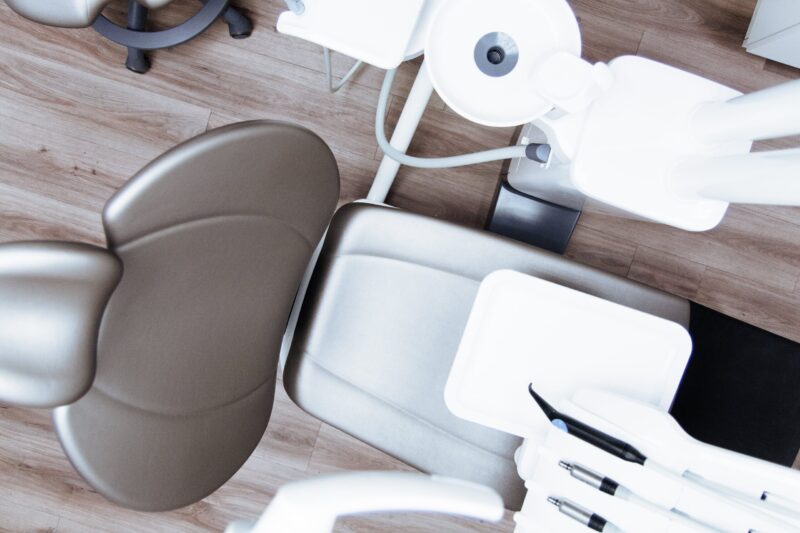
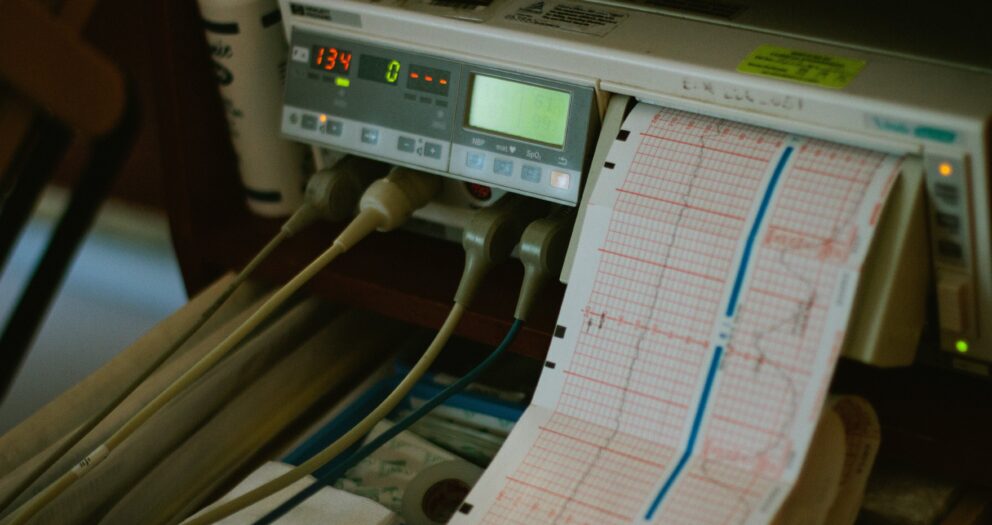
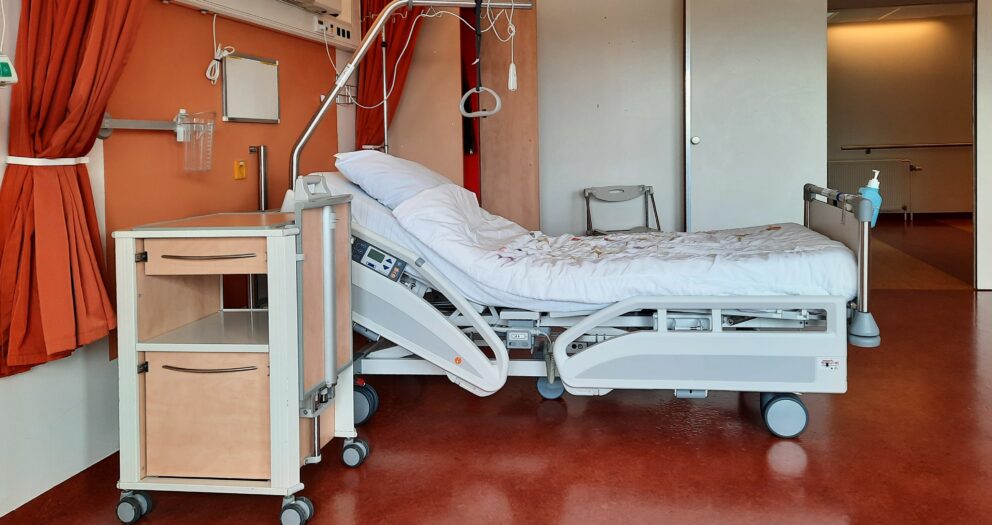
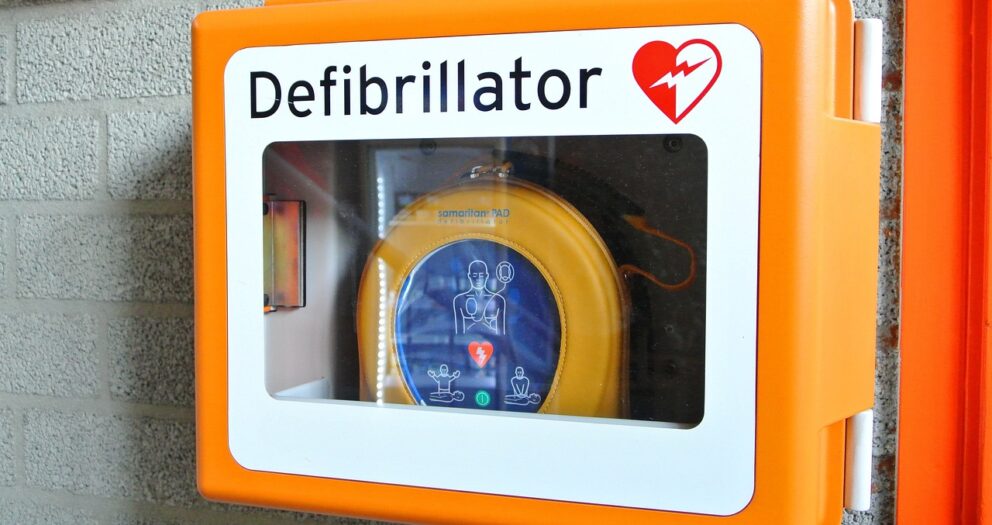
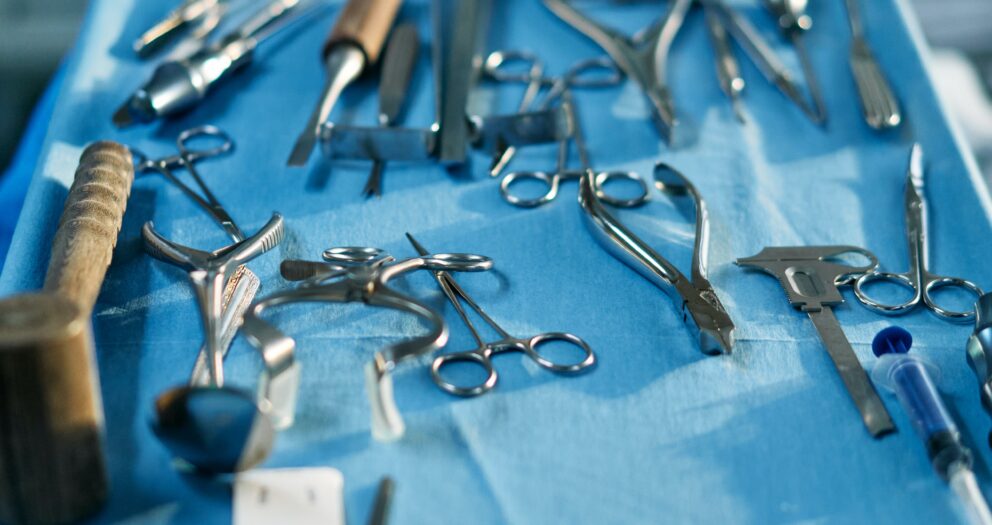

Write a comment
Your email address will not be published. All fields are required